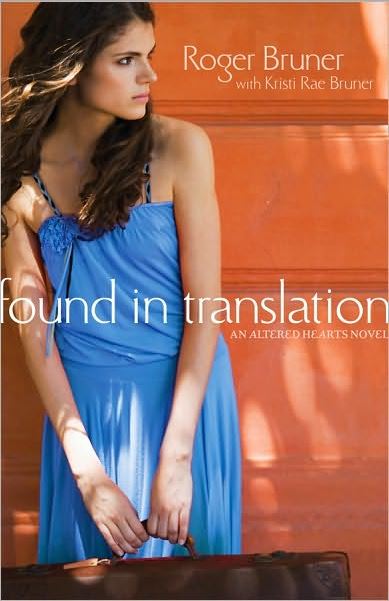
I am currently reading a book called Found in Translation, written by Roger and Kristi Rae Bruner. The story begins with an eighteen-year-old girl named Kim, a girl who’s off on a missions trip – one she thinks is to a regular, medium-sized town with all the amenities. If you had asked her how difficult she thought the trip would be, she probably would have brushed off the question saying it wouldn’t be to much of a stretch; but when she finds out where she’s really headed, her world flips upside down.
Arriving late to meet the senior project director after missing her initial flight, Kim finds herself lost in a meeting where talk about sleeping bags and construction take her by surprise. It turns out the trip had been changed – and apparently she didn’t get the email. The group was now going to rebuild houses after disaster struck a remote village in Mexico. No plumbing. No electricity. No where to plug in her hair dryer. Feeling like an outsider in her brand-name clothes, she realizes she’s completely out of her comfort zone – but how can she turn back when she’s already come this far, and what will people think if she does?